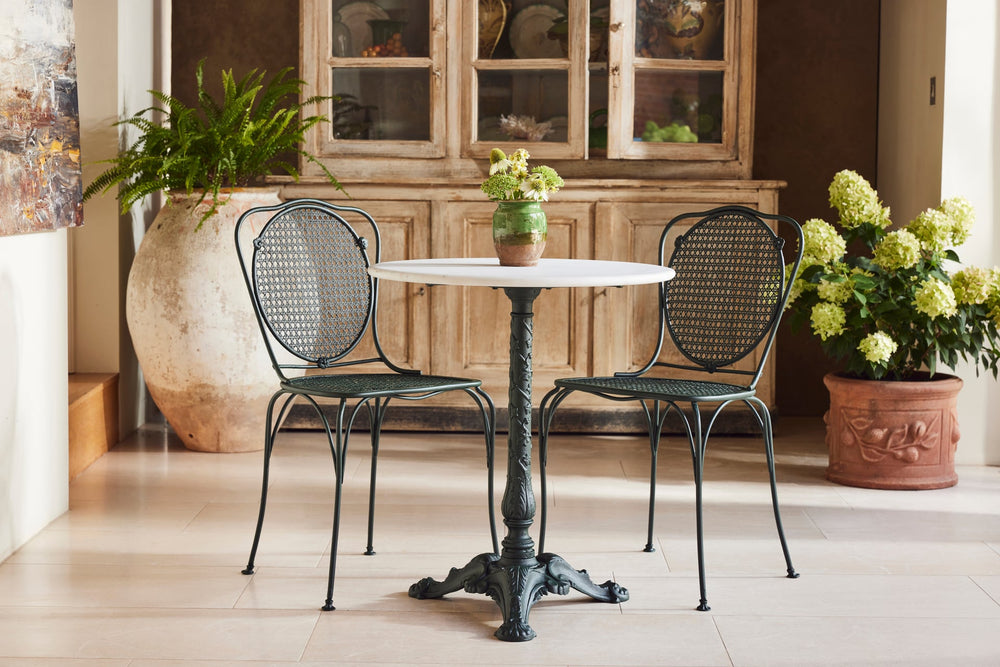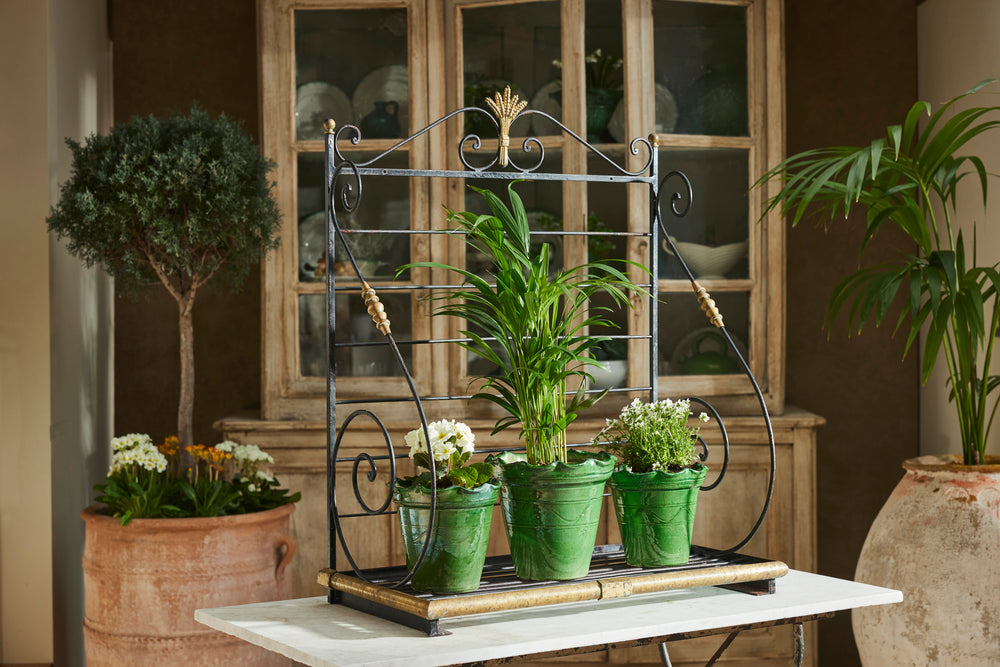It is no secret that popular garden antiques from the 18th, 19th and 20th centuries have been reproduced over the years. Discovering that the antique you bought isn't the original piece you thought it was can be a disheartening experience. And potentially very costly. Read on to discover our guide on identifying an antique’s authenticity; helping you to make more informed and confident decisions in your next antique purchase.

Patina is essential for understanding an antique's authenticity as it’s used to describe signs of ageing on an antique, including fading, oxidising, and darkening. The appearance of the patina will vary depending on the amount of time the item has been exposed to the elements and the type of material the antique is made from. Due to weathering and the length of time required for processes such as oxidation, in its most natural form, patination is impossible to replicate and this can increase the value of antiques.

The authenticity of an antique can also be discerned through its design. For example, many antiques will not be entirely symmetrical as they were originally made by hand. Certain fixtures and materials are often indicative of the period in which they were made. The antique will exhibit noticeable signs of wear and tear, showcasing its history and adding character over time. These will mark the design in ways that replications will not be able to.

The level of wear and tear is key to determining the authenticity of an antique. This can manifest in various ways depending on the type of antique and its age, including scratches, scuffs, dents, discolouration, fading, cracking, warping, and weakening of joints. The expected level of wear and tear may be considered desirable and add to an antique’s character and authenticity, while other types of damage may detract from its value.
There are many identifying factors that can help you determine the authenticity of your antique and we hope the information provided in this post will help you to shop with newfound confidence.










































